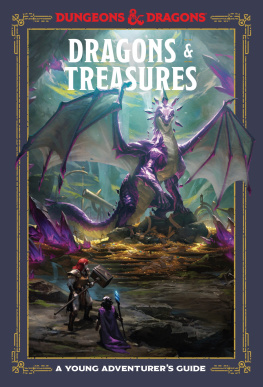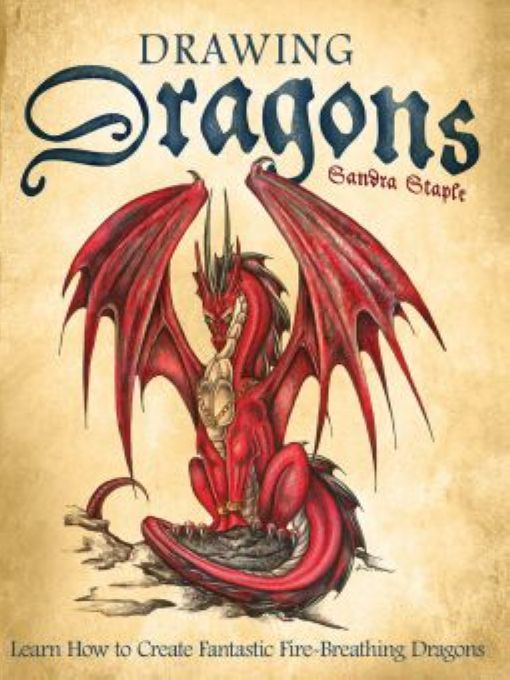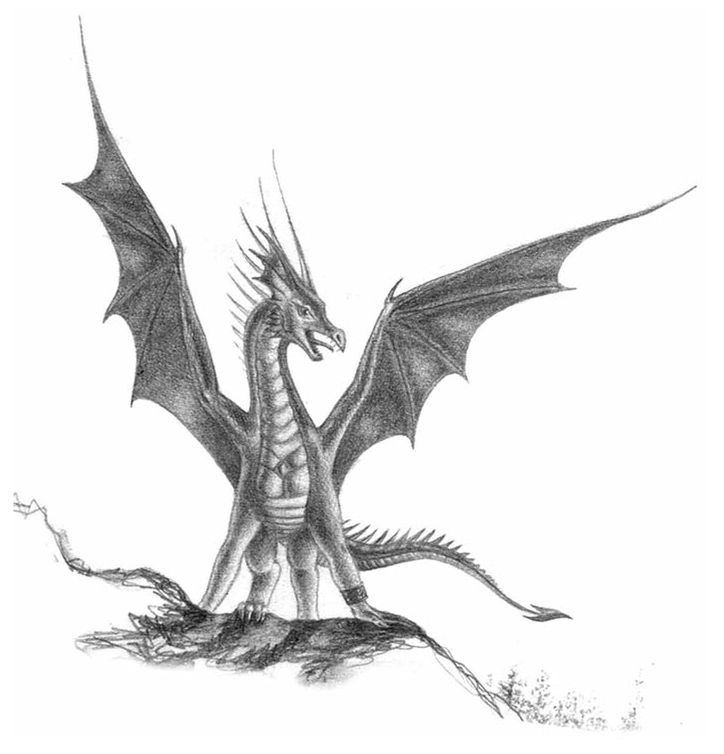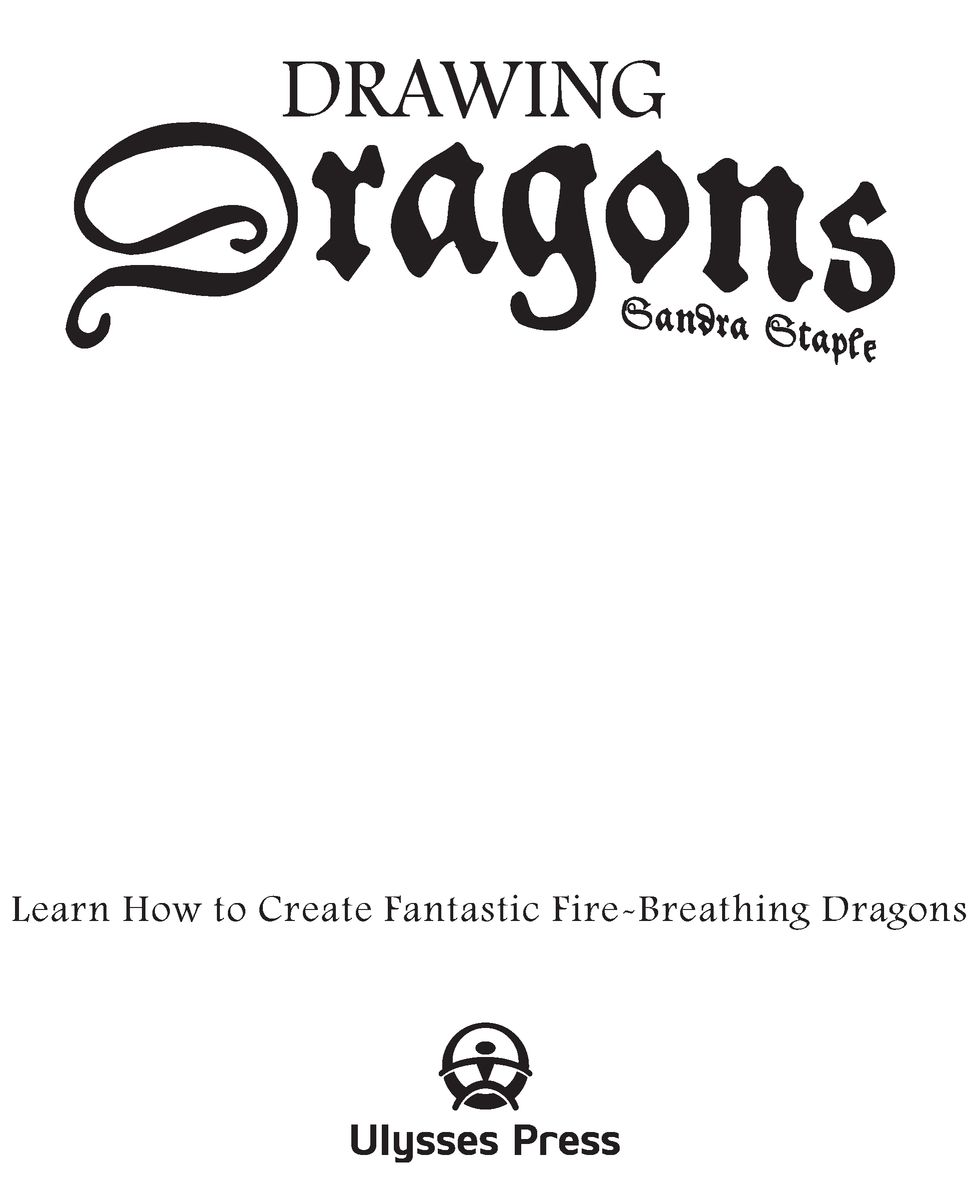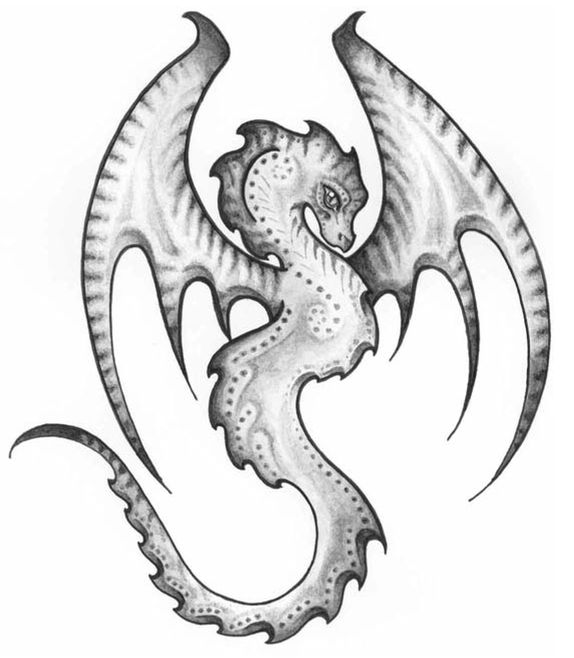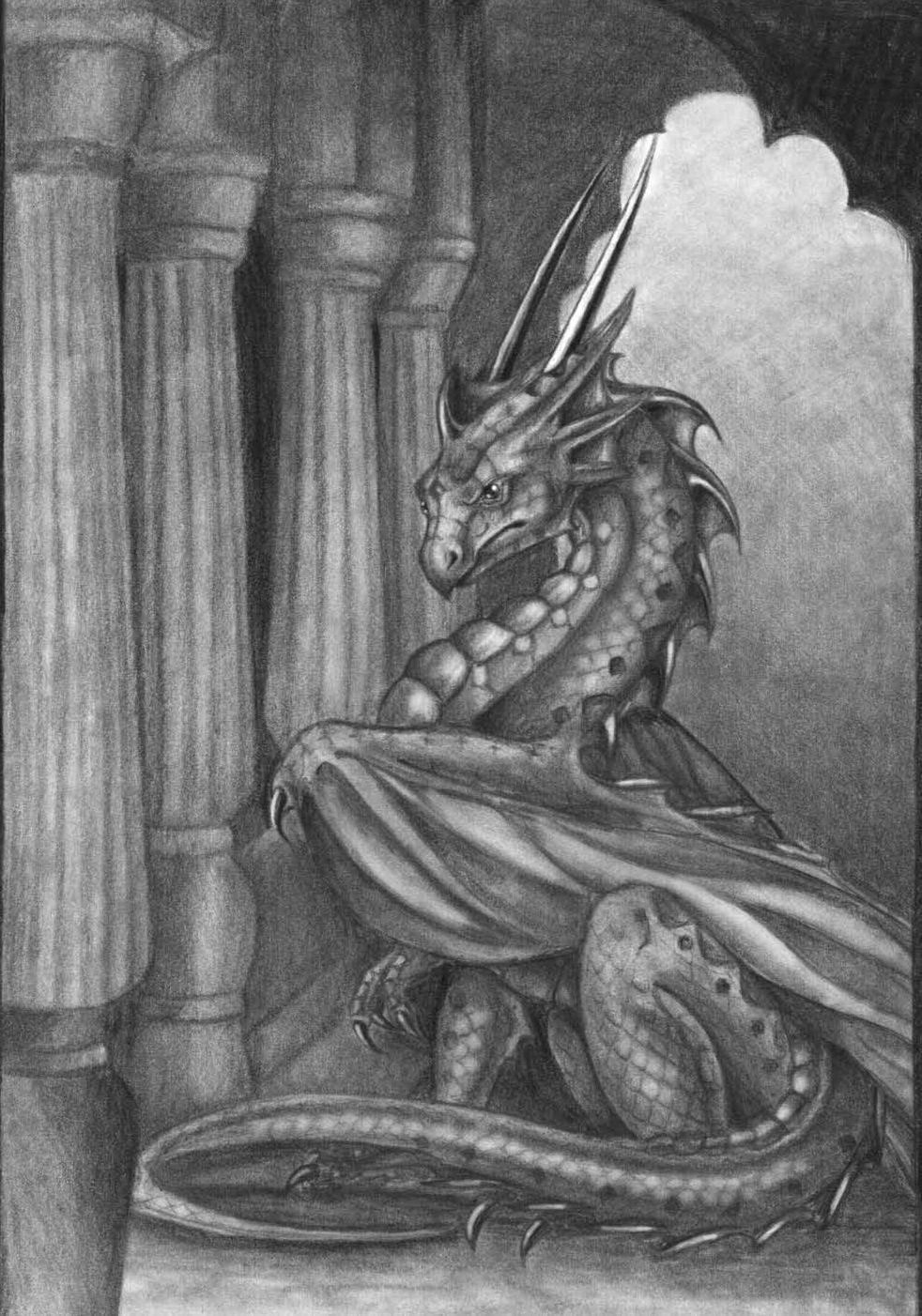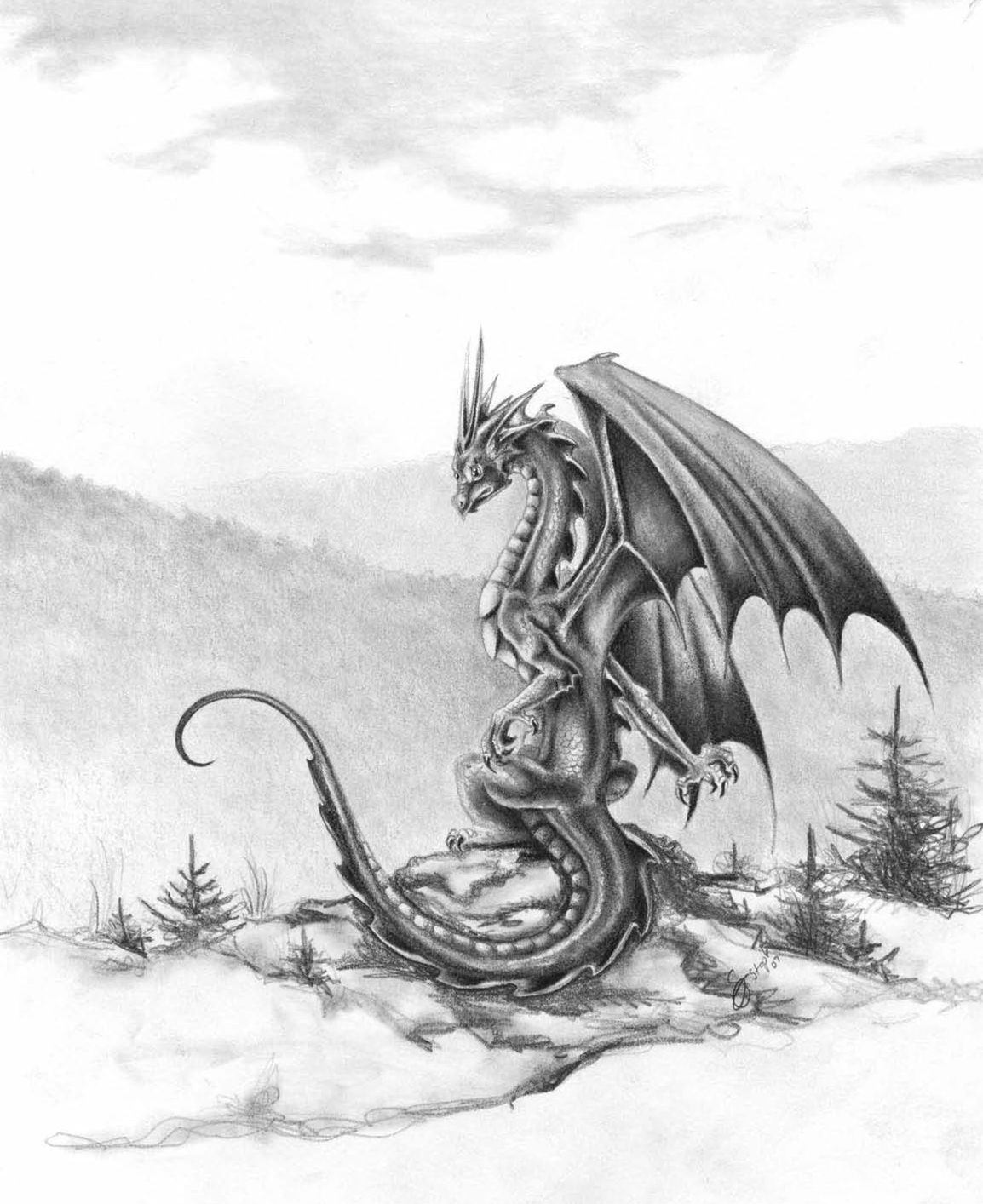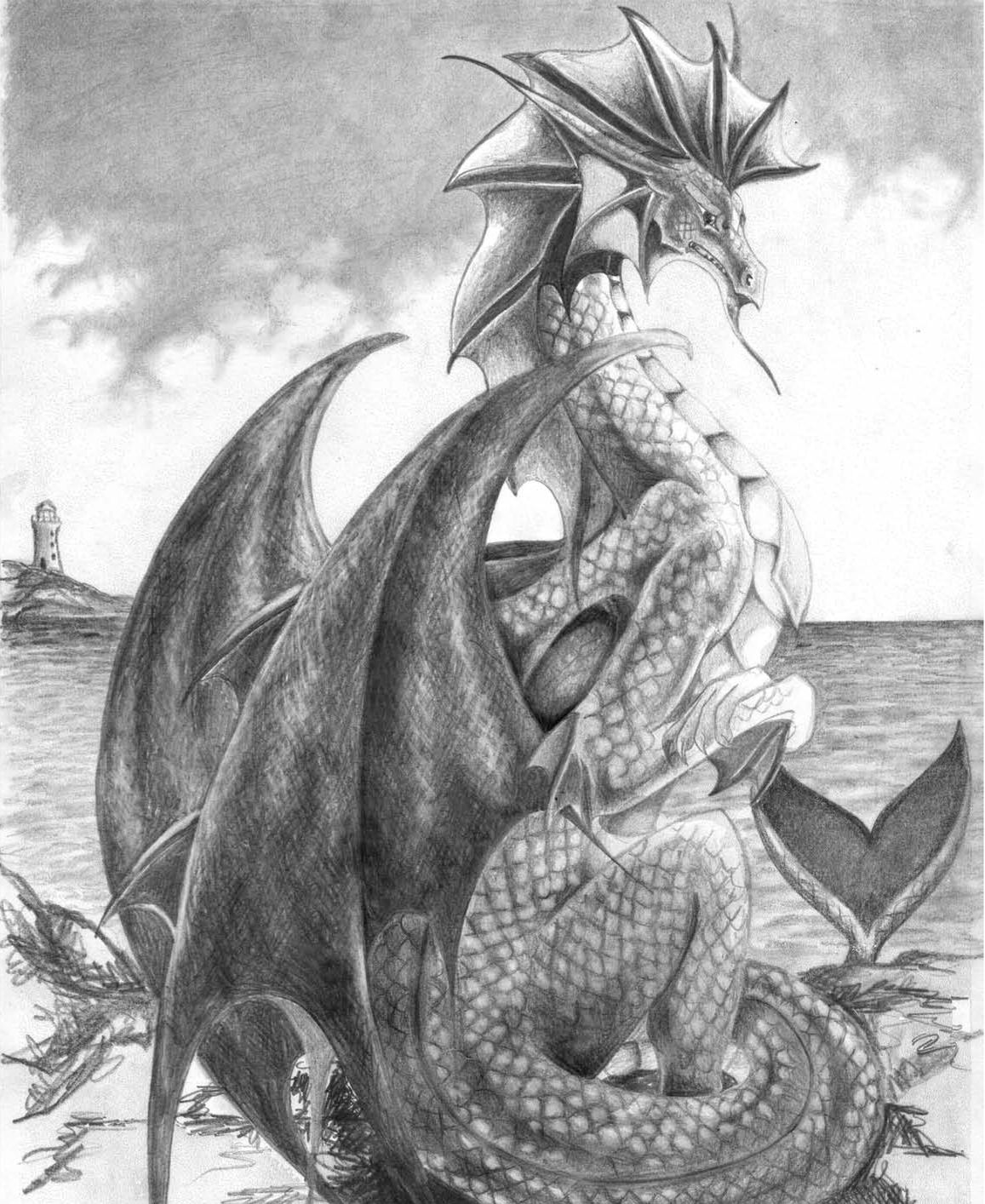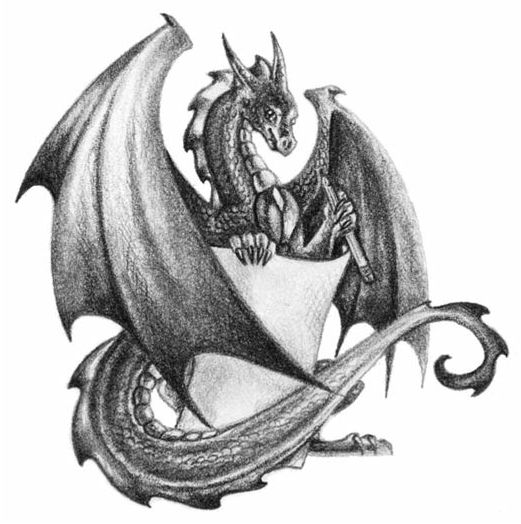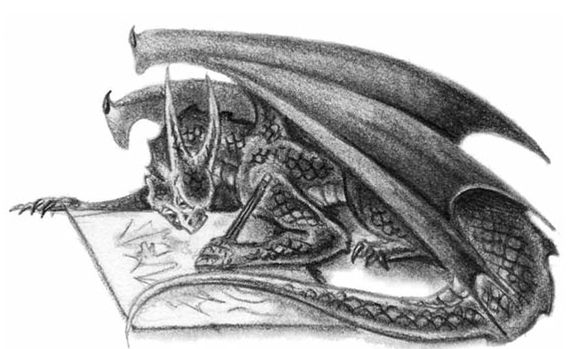Table of Contents
I dedicate this book to every person, young or old, who picked up a pencil and paper one day and decided to draw a dragon.
Acknowledgments:
Id like to thank everyone at Ulysses Press for making this book happen. If it werent for them, it would still only be an idea on my things Id like to do someday list! Id also like to thank my mom, for passing her wonderful art talent on to me by teaching me how to draw and paint when I was a little girl. Finally, Id like to thank my family for all their love and support.
Introduction
Ah, the dragon. What an amazing creature this is, one that has sparked the human imagination for thousands of years! Whether we think of dragons as fierce, fire-breathing monsters, or as kind, wise sages, theres no questioning the power they display and the awe that they evoke in us. In their many varieties, dragons speak to us of strength and beautyno wonder theyre the subject of many talented artists.
One of the best things about drawing dragons is that there are no absolute rules on what exactly a dragon looks like. No one will say to you, Hey, I saw a green dragon in the mall just last week, and it didnt look like your drawing at all!
There are, however, some guidelines to follow, and thats where this book can point you in the right direction. Throughout the years Ive received many e-mails from people looking for some instructions and tips on drawing dragons, so I hope this book will help both them and you.
The key to drawing these amazing beasts is not to lose patience, and to never give up. If your dragon doesnt turn out perfectly the first time, dont worryit wont jump off the page and eat you! Just keep trying, review my examples again, and eventually youll be happy with what you see.
In the meantime, I hope this book offers you some insight on how to draw these magnificent creatures by teaching you some basic guidelines. Ive created plenty of easy, step-by-step tutorials that you can follow, and before you know it youll be an expert dragon artist!
Section 1
UNDERSTANDING THE DRAWING BASICS
Drawing is a great hobby, because its easy to pick up a pencil and piece of paper just about anywhere. Its no problem to stick a pencil and a small sketchpad in your pocket or backpack, and other materials can be wonderfully cheap and easy to find. Even the basics of drawing can be learned quickly, with only a little practice! If you have a bit more money to spend, you can buy really nice artist-quality pencils and paper, and probably even have some cash left in your wallet. So give yourself a pat on the back for choosing such a smart, affordable, and pleasurable pastime!
Of course, there are certain basic materials you do need, as well as several drawing techniques that are helpful to know before you start. In this section well take a quick look at these. Once youve gotten the idea of them down (such as how to shade your drawings), you can practice these techniques as you go through the book and create your amazing dragon masterpieces!
TOOLS FOR THE DRAGON ARTIST
So, are you ready to start drawing dragons? Before you begin, youll need to gather some simple tools and materials.
Paper
Oh, Ive done so many drawings on loose-leaf paper, much to my dismay! If you like to doodle, keep a small sketchbook with you at all times, and make sure the papers acid free so your masterpieces wont yellow over time. I prefer to use heavier-weight papers myself, and sometimes even acid-free artist Bristol board. Experiment with different papers until you find one you like, as theyll make a big difference to your drawings.
SHADING CLEANLY
To avoid messing up your drawing, shade from left to right (assuming youre right-handed; if you draw with your left hand, shade from right to left). This way, your hand wont pass over the completed sections of the drawing as much. For the same reason, its also a good idea to shade from top to bottom.
Pencils
While really cheap pencils often dont give you good results, that doesnt mean you need to spend a fortune on pencils. Pick up a few artist pencils for starters, such as 2F, F, HB, B, 2B, and 4B. The higher the F value, the harder the pencil, and the higher the B value the softer the pencil. (HB pencils are smack dab in the middle.) Try using an For a B for your beginning sketches, but dont press too hard, so that your lines can be erased easily. The 2B and 4B are great for getting darker shades later on.
Erasers
I like to use white erasers or white eraser sticks. One more thing: Before you erase anything, make sure your eraser is clean. Test it on a scrap piece of paper first.
Blending Stumps
Also called tortillions, these are rolled-up sticks of paper with pointy ends, and are really useful when youre finishing up the shading of your drawing. They let you easily soften your pencil lines, and theyre terrific for touching up backgrounds and clouds.
Charcoal Pencils
I seldom use charcoal. You dont actually need these, though they can be useful when trying to get a truly black shadow.
MAKE A BLENDING STUMP
You can devise your own blending stump by tightly rolling some soft, fibrous paper; taping it in the middle; then sanding down both ends a little. Its used to avoid transferring oil from your fingers to the drawing paper. Hold it at an angle, and keep the tips clean. For a finer point, cut a triangle out of one corner of the paper before rolling it. (You can also make a stump out of leather or felt.)
SHADING TECHNIQUES
I suggest that you experiment with several different methods to shade your drawing, once youve finished the initial sketch.
Regular Pencil Strokes and Scribbles
With this method, you simply use the pressure of your pencil to create darker and lighter areas. The lighter you press your pencil, the lighter the area will look. The pencil lines are blended together, and you dont have to pay much attention to what direction the strokes are going in. When shading in this method, harder pencils (such as a 2F) will give you more-prominent pencil lines and your shaded areas wont be as dark.






